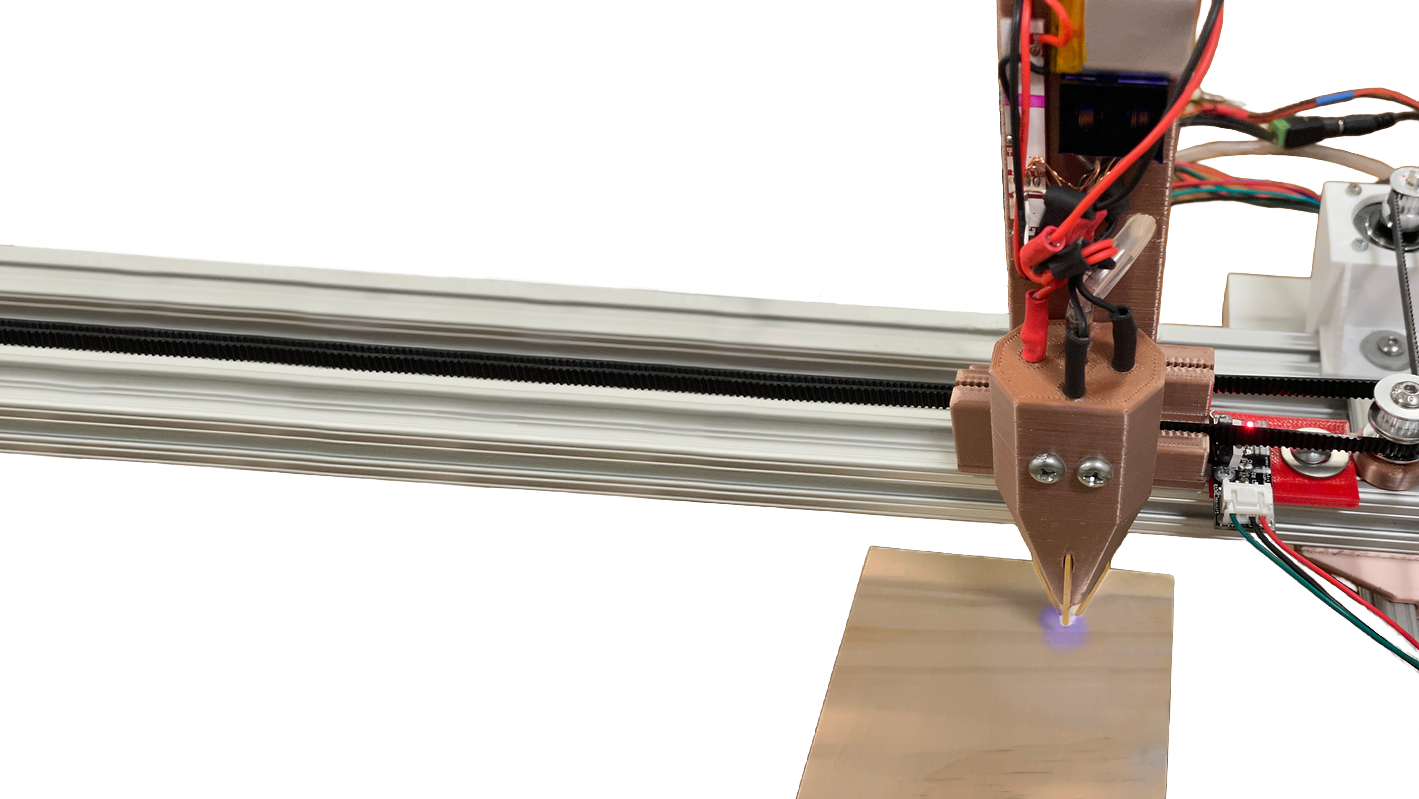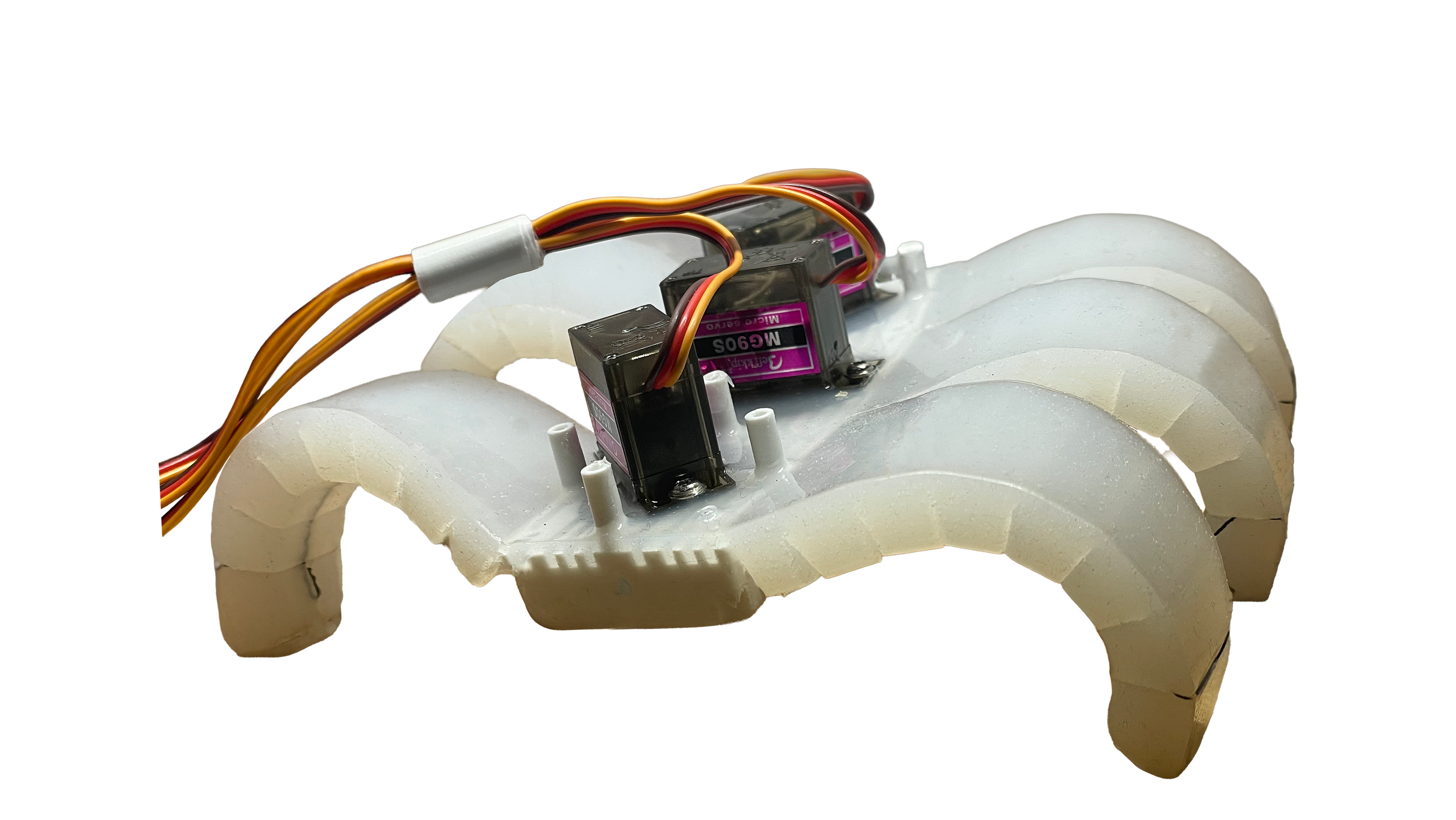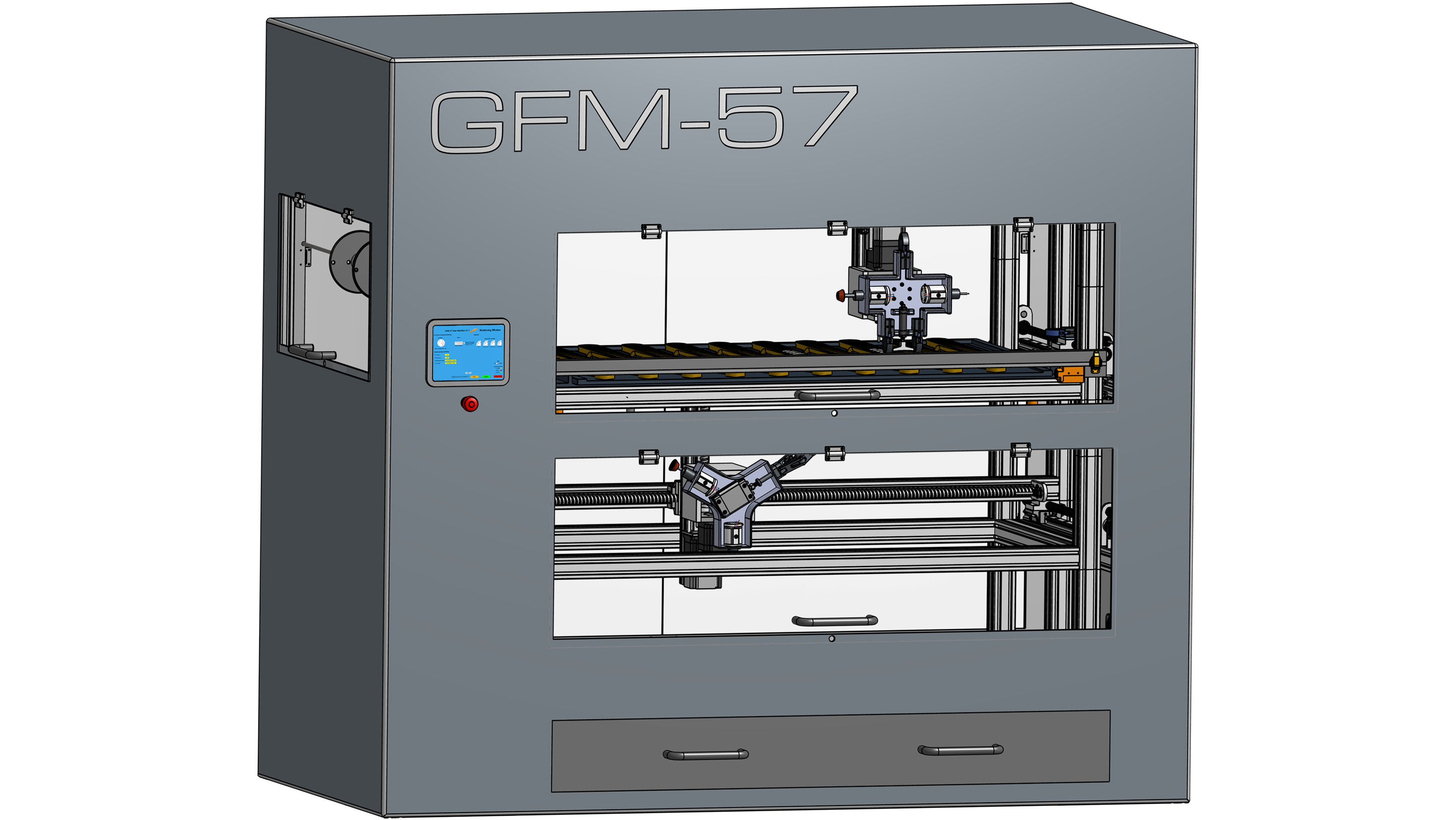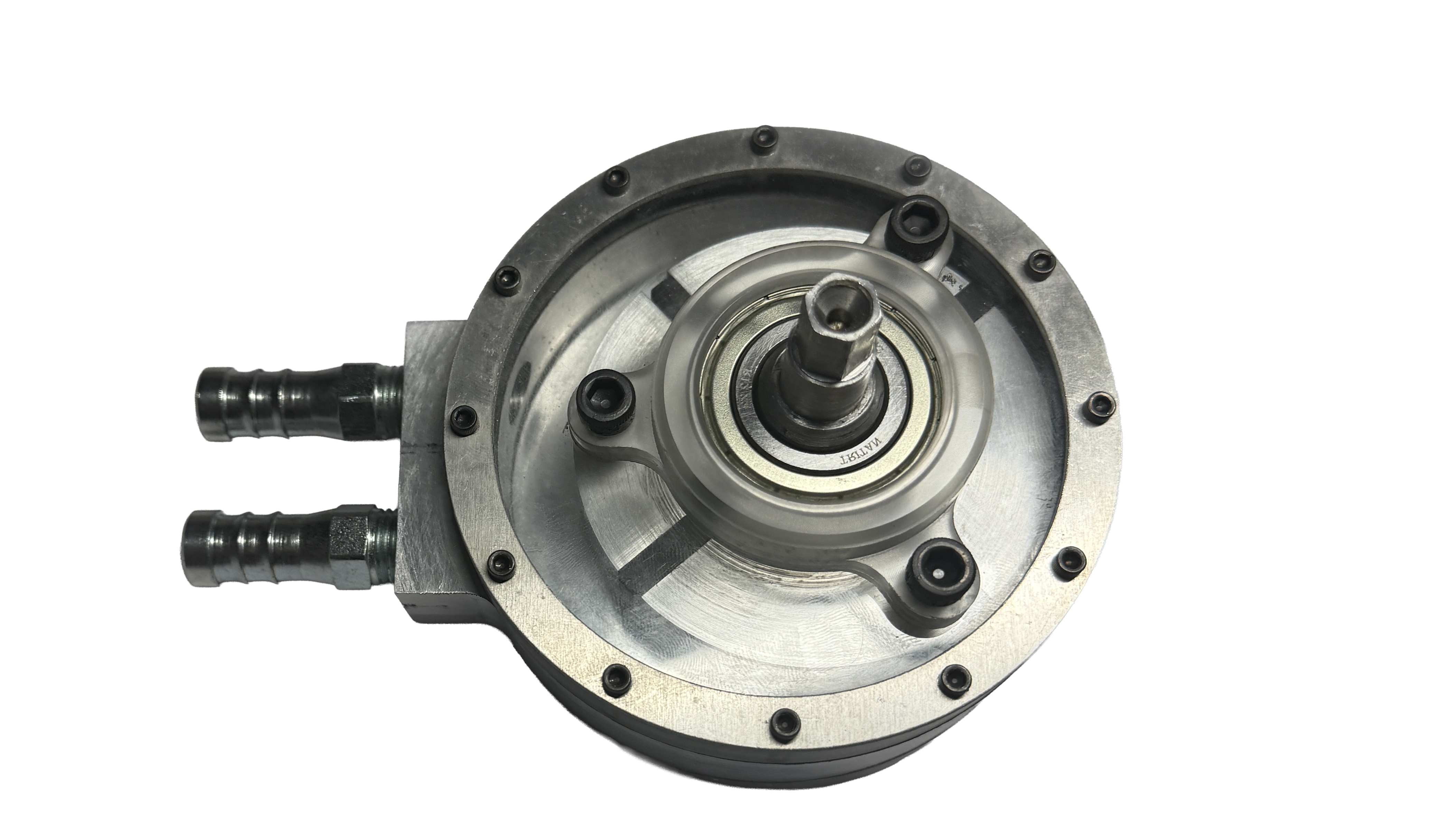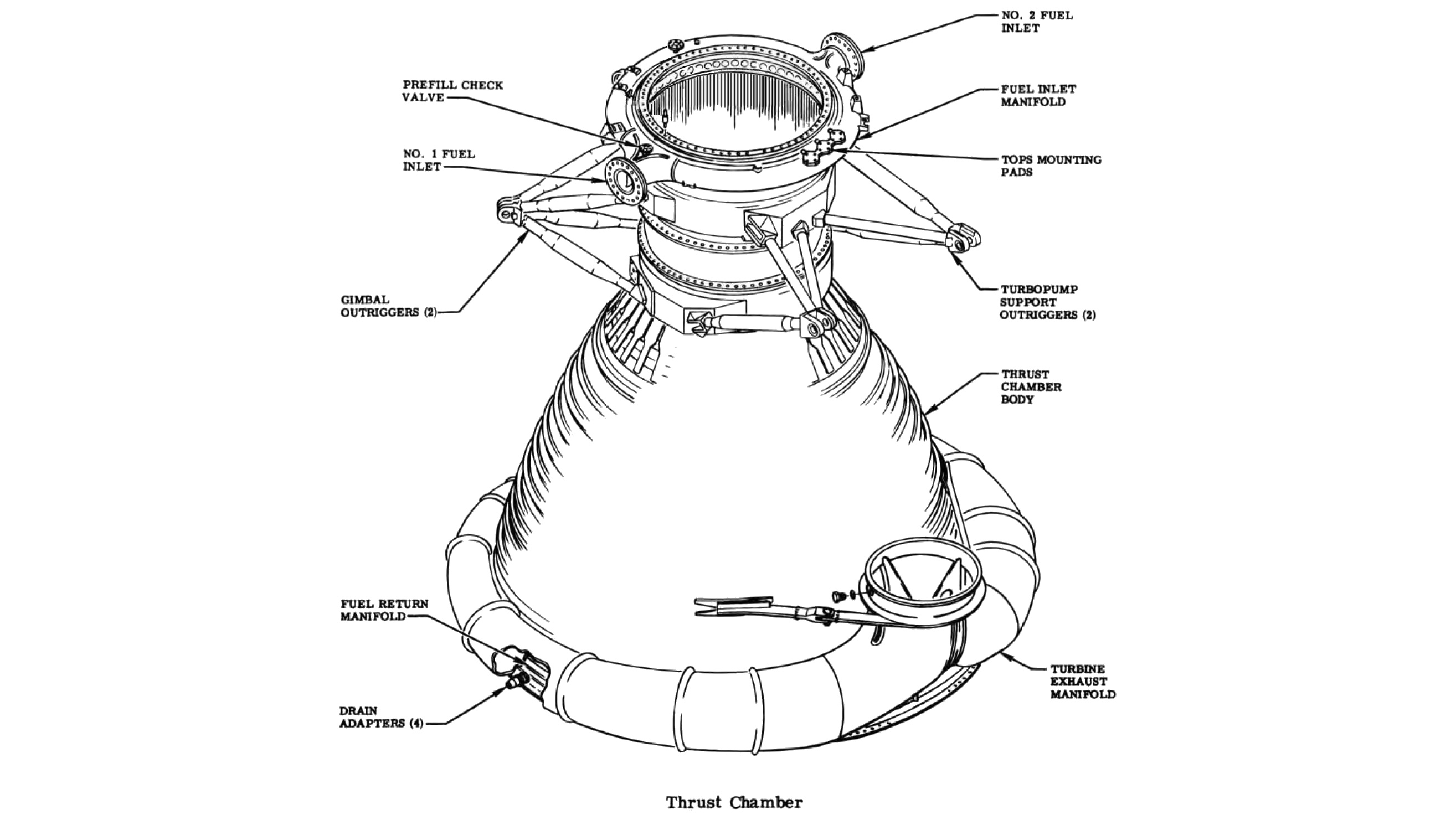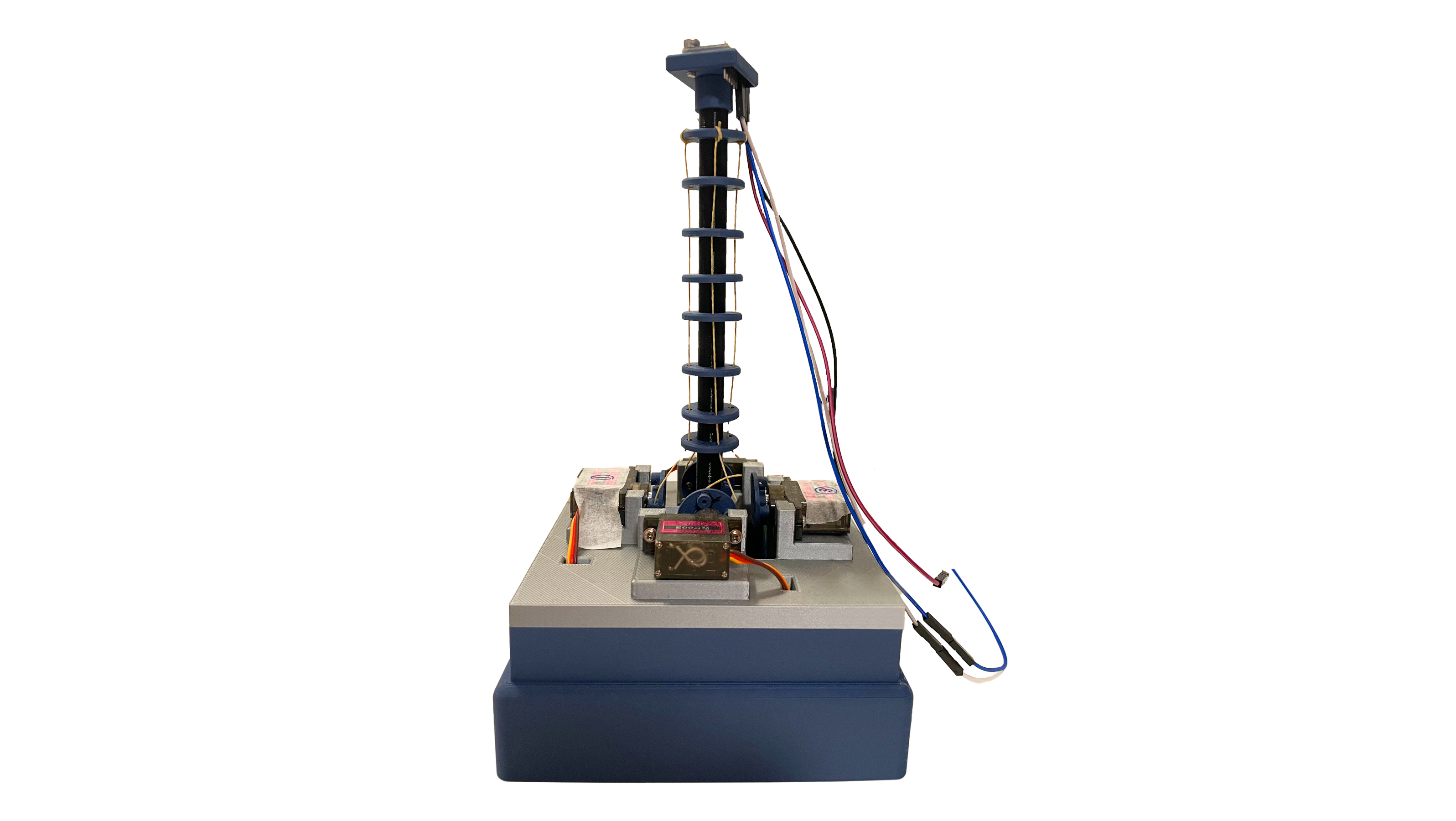Background
Design Objective
Design an improved bike bell for drop-bar (road) bicycles. The bell must be ergonomically positioned and operated, such that the operator need not remove their hands from the handlebars to actuate it safely, while maintaining full steering and control.
Problem Statement
Bike bells are an important safety tool which allow cyclists to alert others of their presence on the roadway. The handlebars of road (drop-bar) bicycles have uniquely irregular geometries, to support multiple hand positions.
This geometry greatly restricts the operation, mounting compatibility, and ergonomics of existing bike bells - which are designed for conventional "flat bar" handlebars - on drop-bar bicycles.
Animation illustrating striker path internal to bell dome
Design Solution: Double-Action Bike Bell
Exploded rendering of double-action mechanism assembly
Double-Action Mechanism
The double-action trigger mechanism allows for the user to actuate the bell from a range of hand positions commonly used with drop-bar handlebars. In practice, the bell can be activated via the hammer on top (with the thumb), or the trigger from below (index or middle finger).
These two physical control interfaces greatly expand the user's ability to approach and then actuate the bell in 3-D space.
Internal Striker
This is the first bike bell with an internal striker. All current bike bells impact the exterior of the bell dome. This provides a smaller design footprint and provides a geometric foundation for the design's ergonomic superiority, detailed below.
Operation & Features
Fabrication
Numerous fabrication methods were used in the design and prototyping of this project. Custom tooling fixtures were also designed to allow for registration (or "clocking") of the bell dome, so that the necessary alignment for internal striking could be achieved. Other fabrication methods used include, but are not limited to:
• 3D printing (FDM)
• Wire Electrical Discharge Machining (Wire EDM)
• Water Jet Cutting
• CNC
• Lathe
A full report detailing the design and manufacturing processes can be accessed below:
